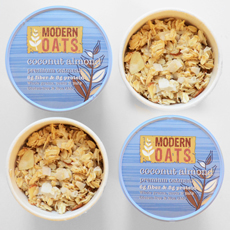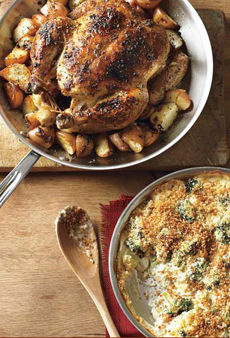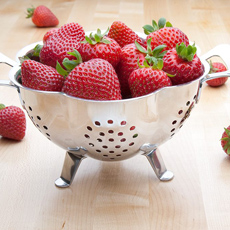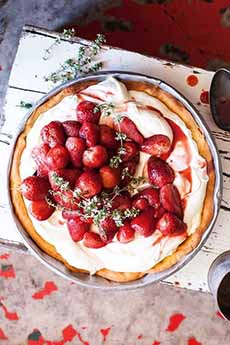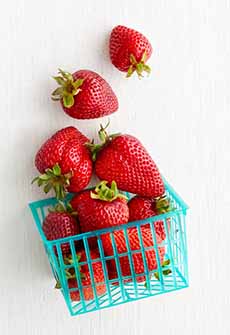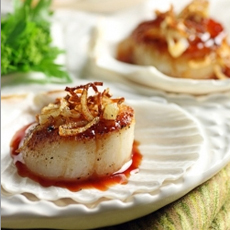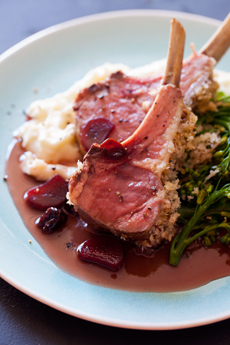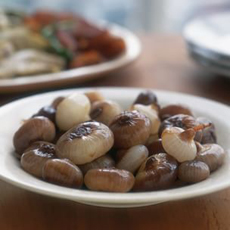



Top: A bottle of Trousseau wine from Stephane-Tissot.com, rated 91 by Robert Parker. Second: The seminal fanciful label from Bonnie Doon Vineyards. Follow the red line to the flying cigar. Third: Goat-Roti, punning on the Rhone wine Côte-Roti and the classic Rhone label style. Photo courtesy FancyCellar.com. Bottom: Need you ask? It’s Marilyn Merlot from Marilyn Wines. Different vintages have different photos of Marilyn.
|
|
We received a news release right after Valentine’s Day, for a red wine called Trousseau from the Jura region in eastern France. The grape variety itself is called Trousseau or Trousseau Noir, an old variety. It is grown in small amounts in Europe, with the the largest vineyards found in Portugal (it is one of the grapes blended into Port). It is now being grown in California.
Although the timing was coincidental, we thought: Valentine’s Day…wedding proposals…wine to serve at showers or weddings. Let’s suggest wines with fanciful names.
First, a bit on Trousseau:
We have no idea how the grape was named Trousseau. The original meaning of the French word means “a little bundle,” and refers to the clothes, linens and other items collected by a single woman in anticipation of marriage.
A girl and her mother would start gathering items for the daughter’s trousseau years before the anticipated event—years before she might be of the age to be courted!
In the days when most people had little extra to spare, the mother might tuck away items when she could: a set of extra bed sheets, blankets, dishes, and other items.
As disposable income grew, the wares could contain bridal items, jewelry, fine linens, china, silverware, clothing and lingerie and much more.
So: Did some vintner, centuries ago, put aside wines for his daughter? Did that wine become known as Trousseau? The record is mute—at least so far as we could research it in English.
HOW WINES AR NAMED
For most of their history, wines were named after the region or grape varietal: Bordeaux or Cabernet Sauvignon, Burgundy or Pinot Noir, for example. The bottle labels followed a classic design. The name (title), contents and bottle shape were/are usually regulated by law.
Some 40 years ago, some modern vintners began using fanciful names and contemporary label designs as a marketing tool. The innovator was Randall Grahm of Bonnie Doon Vineyard in Santa Cruz, California.
Graham, a maker of quality wines, became the talk of the wine world in 1984 with the release of “Le Cigare Volant” (the flying cigar), a red Southern Rhone blend. The label spoofed a classic Rhone label of a vineyard, but look closely: a large cigar (think blimp) flies over the vineyard. The brand continued with other fanciful names, including our favorite, “Thanks, Semillon.”
You may have encountered some of Grahm’s legacy: Bored Doe, Goats Do Roam and Goat-Roti from Fairview Winery in South Africa and Marilyn Merlot from Marilyn Wines in Napa Valley, and others. California’s Topolos Winery was acquired by Russian River Vineyards, which [sadly?] discontinued its popular Stu Pedasso Zinfandel. Here are more wines with names of questionable dignity.
And here’s a sampling of other whimsy: fancifully-named wines that won’t offend Grandma.
Anyone with a special event on the horizon can design their own wine label. Just do an online search, and you’ll come across them.
ABOUT TROUSSEAU WINE
Trousseau, which is planted in Europe, California, even Australia, is called “paradoxical”: light-bodied and pale red, but with intense aromas and a firm tannic grip. You may come across producers from the Jura in your wine store (Jacques Puffeney, Jean-François Ganevat, Michel Gahier, and André et Mireille Tissot as well as from Californi (Arnot-Roberts and Copain).
We proffer our own suggestions for wedding wine: Cloud 9 Cabernet, Just Married Merlot and Wedded Bliss Sauvignon Blanc.
Feel free to contribute your own.
|

